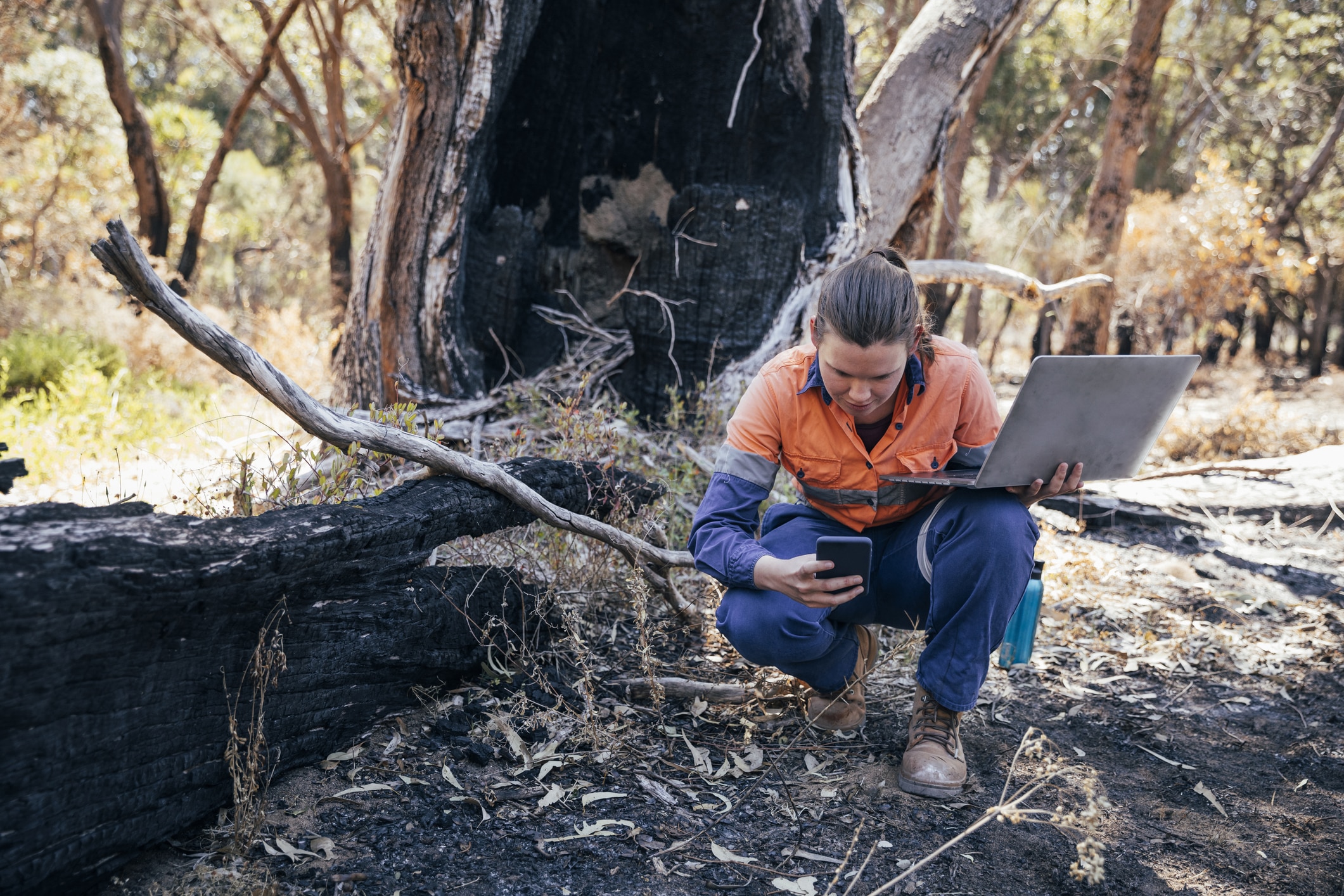Combating Wildfires with Computer Vision

The Project: Training Machines to Combat Wildfires
A leading global security and aerospace company is enhancing its capability to combat wildfires through computer vision applications. These machine learning applications are used by decision support systems to track the predictive path of a wildfire. According to the National Interagency Fire Center, year-to-date acres burned for the US is approximately 116% of the 10-year average.
The Challenge: Quality Data labeling and Model Evaluation at Scale
As a decision support tool, it is critical that the models’ predictive capability is of high quality. These predictions are used to determine where a fire might spread next, its speed, and how it may act over different terrain as well as how and where to deploy resources in the most efficient manner. The organization needed to train its algorithms on accurate, high-quality data to ensure the models worked. The data types to support model training are complex EO/IR (Electro-Optical/Infrared) as well as black and white heat imagery from multiple sensors from ground and air-based systems. The model uses datasets to consider topography, what is being burned, wind direction, wind speed and real-time sensing of the fire’s location.
The Solution: Computer Vision Automation for Firefighting and Prevention
Leveraging our computer vision automation, the organization was able to use multi-sensor integration to have a unique identifier remain persistent across multiple datasets. Our breadth of data labeling within the platform provided the ability to select specific label shapes such as polygons, pixel masks, and bounding boxes. These different labels enabled them to extract the most important feature in its imagery.
An additional key feature is data at rest, which is a huge risk mitigation. The biggest benefit was the ability to annotate the data at the initial storage point without having to migrate it into a 3rd party tool. It saves an incredible amount of time and allows the organization to keep full custody and control of its data.
The Result: The Art of the Possible
The platform has allowed their data scientists to extend themselves and push the edge of the art of the possible. Appen’s platform’s ability to accept a vast array of data types has allowed them to look at several previously untapped data sources. The professional services teams have consistently added value in the creation of our training data pipeline and our MLOps functions.
Project metrics are tracked to drive and improve model performance and the accuracy of annotations in the training data to provide them with high confidence.

